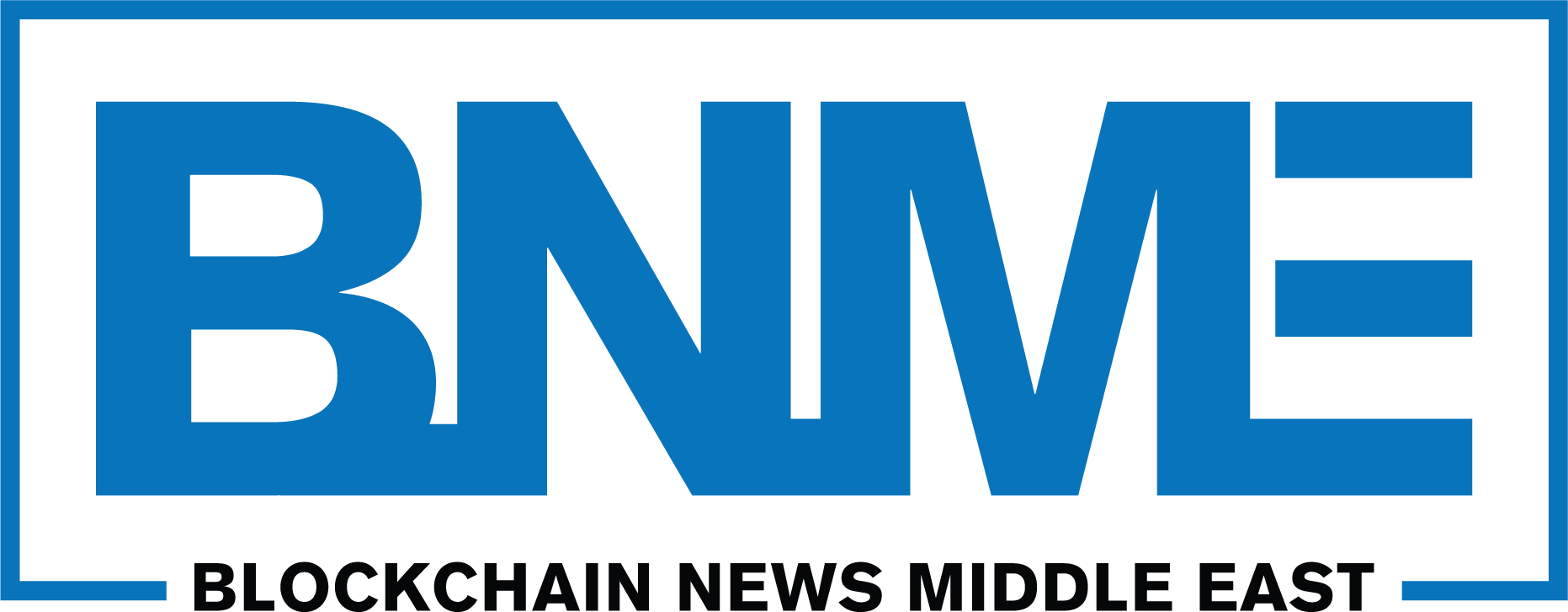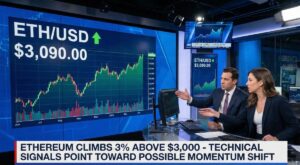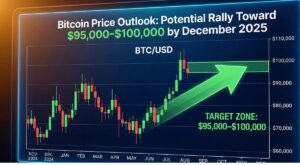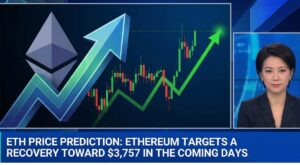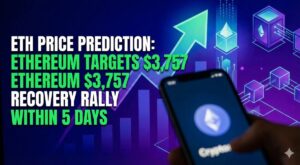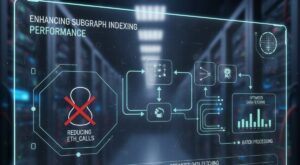Google Cloud has unveiled a major initiative in the blockchain space with the introduction of its Google Cloud Universal Ledger (GCUL), a Layer-1 platform designed to streamline payments, settlements, and tokenized asset management for financial institutions. This move marks a significant shift for Google—from providing cloud hosting for blockchain projects to developing its own core protocol infrastructure.
Currently operating on a private testnet, GCUL was first teased in March during a joint pilot with the CME Group, which focused on testing tokenization and wholesale payments using distributed ledger technology. At the time, Google stopped short of calling the system a Layer-1 blockchain. However, Rich Widmann, Google Cloud’s Global Head of Strategy for Web3, confirmed the classification this week in a detailed LinkedIn post.
A Neutral Infrastructure for Global Finance
Widmann described GCUL as a “neutral” infrastructure layer meant to serve multiple financial institutions rather than acting as a closed corporate blockchain. Unlike proprietary solutions being developed by firms like Stripe and Circle, Google aims for GCUL to be a shared base that supports a wide range of participants.
“GCUL is designed to be different from vertically integrated product stacks,” Widmann explained. “The goal is to provide a common layer for banks and partners, not just one corporate network.”
To illustrate this vision, Widmann referenced a comparative chart originally compiled by Paxos product chief Chuk Okpalugo. The chart positions GCUL alongside institutional blockchain initiatives such as Stripe’s Tempo, an Ethereum-compatible network focused on high-speed payments, and Circle’s Arc, which aims to enhance utility for the USDC stablecoin. In contrast, GCUL’s emphasis is on collaboration and neutrality, allowing various players to build on the same foundation.
From Hosting to Protocol Development
Google Cloud’s move into protocol development signals a strategic evolution from its previous role as a blockchain host. The company has already established partnerships with Coinbase for crypto-enabled cloud payments, invested in multiple Web3 startups, and provided infrastructure support for public blockchains like Solana. But GCUL represents Google’s most ambitious effort to date to play a foundational role in the digital asset ecosystem.
With financial institutions worldwide exploring asset tokenization and blockchain-based settlement systems, Google sees a clear opportunity to position itself as a backbone for the future of finance.
Addressing Questions on Decentralization
Despite its ambitions, Google’s move has sparked skepticism among industry observers. Critics on X (formerly Twitter) questioned whether a ledger developed and operated by one of the world’s largest tech companies can truly be considered “neutral” or decentralized.
Widmann acknowledged these concerns but stressed that GCUL’s architecture is built for openness and participation. “Any financial institution can build with this,” he noted, adding that competitors like Tether are unlikely to use Circle’s chain, just as payment processors such as Adyen would avoid Stripe’s blockchain. By offering a shared infrastructure, Google hopes to attract a broad base of participants, mitigating concerns over centralized control.
Future Outlook: Amazon, Microsoft, and Beyond
Looking ahead, Widmann hinted that major technology and financial players, including firms like Amazon or Microsoft, could eventually operate GCUL nodes themselves. The long-term goal, he said, is for third-party enterprises to run the network independently, enabling them to deliver more tailored services to their customers while maintaining interoperability.
This approach aligns with a broader industry trend toward collaborative blockchain ecosystems rather than isolated proprietary solutions. If successful, GCUL could become a core component of a global financial infrastructure based on distributed ledger technology.
Early Endorsement and Market Timing
The decision by CME Group, a leading derivatives marketplace, to participate in the initial pilot is widely seen as a strong endorsement of Google’s blockchain vision. The project’s focus on tokenization and wholesale payments aligns with growing momentum in the financial sector to digitize and streamline settlement processes.
Industry experts note that the timing is critical. With tokenization gaining traction across real-world assets—from bonds and equities to commodities—technology providers are racing to establish platforms that can handle institutional-grade security, compliance, and scalability. Google’s entry into this space intensifies competition among major players vying to define the next generation of financial infrastructure.
What’s Next for GCUL?
While GCUL remains in its early testnet phase, Google plans to release technical details and governance models in the coming months. These disclosures will be key in addressing questions around decentralization, compliance, and interoperability with other blockchain systems.
If Google delivers on its promises, the Universal Ledger could become one of the company’s most ambitious ventures—positioning it as a critical infrastructure provider for the global financial system in an era where blockchain technology is poised to redefine the future of money.
